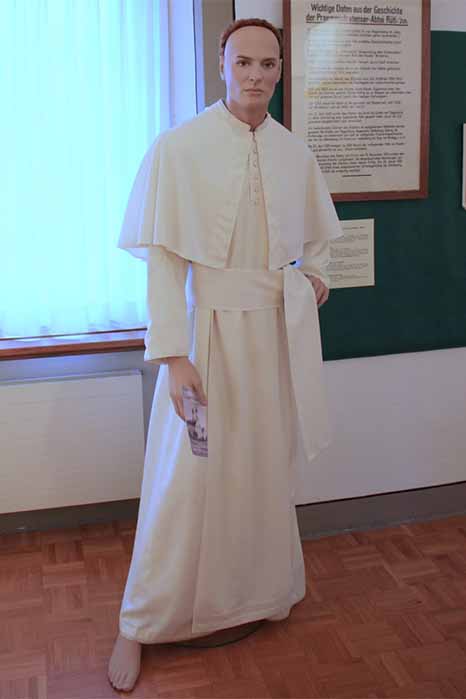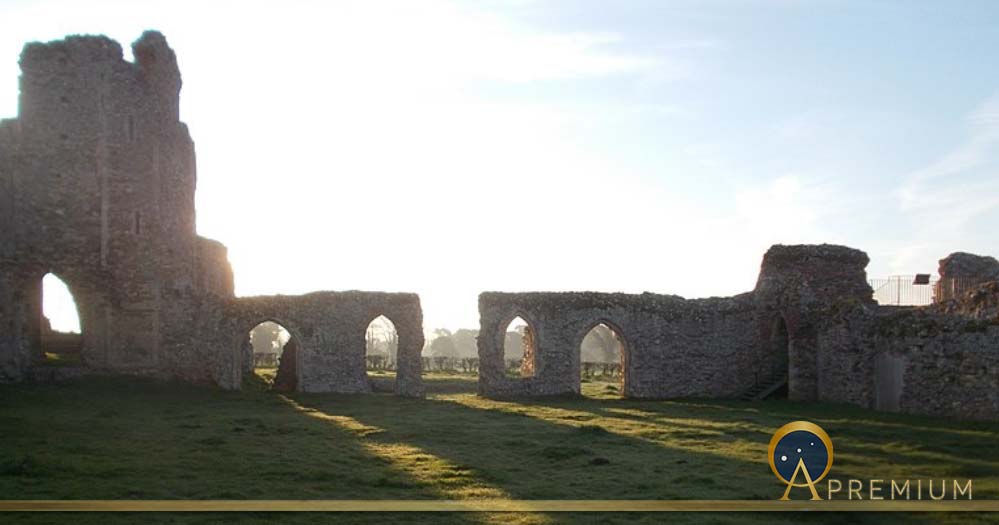Leiston Abbey 13th-Century Pirating Monks Of Rural Suffolk
The original Leiston Abbey was once the home of pirating monks, but today the ruins of the second Leiston Abbey, showcasing some of the finest and most complete monastic remains in the south of England, lie well off the beaten track in rural Suffolk. It is known from the historic records that the first monastic buildings in the Leiston area were founded in 1171 when Ranulf de Glanville, King Henry II’s Chief Justiciar who had founded the Priory of Augustinian Canons at Butley, established a Premonstratensian house at Leiston in 1183. The Order of Canons Regular of Prémontré or Premonstratensians - commonly known as the White Canons on account of the color of their habit -were a religious Order of Canons Regular founded in 1120 by Norbert of Xanten, who was later canonized in 1582. Their Order was characterized by strict order, isolation and ritual solemnity. Unlike other Orders they did not accommodate lay brothers but in seeming contradiction they were also known as teachers, preachers, and for the care they offered the sick in their infirmaries. The first Norbertines, as they were sometimes known, arrived in England relatively late in 1143 and at the Order's height they had 35 houses in the country.

White habit of a monk of the former Premonstratensian Order (roland zh/ CC BY-SA 3.0)
Henry II had granted the manor of Leiston to Ranulf de Glanville sometime before 1179 who took great pains to plan a Premonstratensian house there, travelling to Premontre Abbey in order to seek permission for Robert, Abbot of Durford Abbey, to come to Leiston. Monks were also recruited from Welbeck and it seems that Robert had no desire for his Abbey to be tied to one specific house. The royal charter which confirmed the Abbey's foundation was issued in 1185, by which time the church's construction was well underway.

The monks’ accusation: “took the ship with the goods out of the liberty of Dunwich and into the Abbotts liberty along a certain channel leading from Minsmere to Leiston Abbey” (fran_kie/Adobe Stock)
The Pirates’ Abbey
Ranulf de Glanville died at the Siege of Acre, the first major counterattack by Guy of Jerusalem against the Muslim leader Salah al-Din, in 1190 and the patronage of Leiston Abbey and his other foundations, was passed on to his daughter Maud. Maud was married to William de Auberville and together they founded another religious house at Langdon Abbey, an act which was carried out under the seal of Abbot Robert of Leiston.
Like this Preview and want to read on? You can! JOIN US THERE ( with easy, instant access ) and see what you’re missing!! All Premium articles are available in full, with immediate access.
For the price of a cup of coffee, you get this and all the other great benefits at Ancient Origins Premium. And - each time you support AO Premium, you support independent thought and writing.
Rebecca Batley has a Bachelor’s degree in archaeology (University of Wales) and a Master’s degree in Classics. In the field she has worked on sites dating to the Bronze Age, Iron Age, Romano-British, Roman, Medieval, Tudor, Georgian and modern periods. Employed by the Louvre Museum, she researched and excavated at sites in Egypt, Syria, and Israel. She works at the Military Intelligence Archive to help to prepare World War One records for cataloguing and digitalisation and she is a part time History tutor.
Top Image: Leiston Abbey cloister garth at dawn (Eebahgum /CC BY-SA 4.0)
By: Rebecca Batley
















